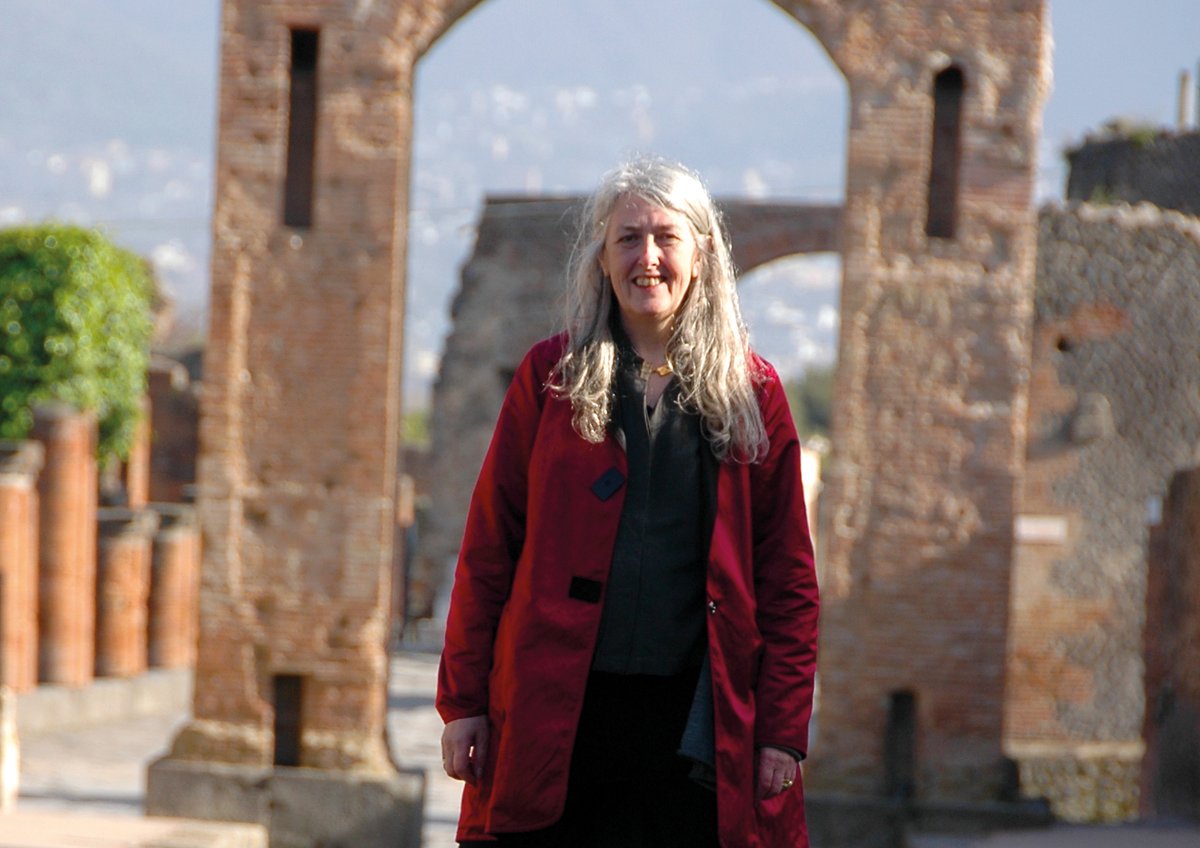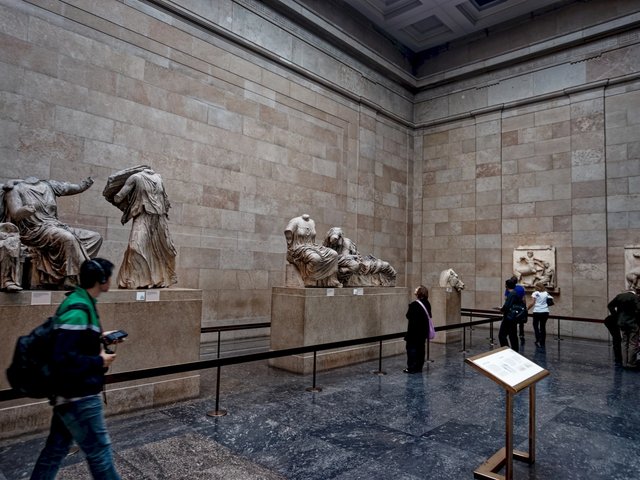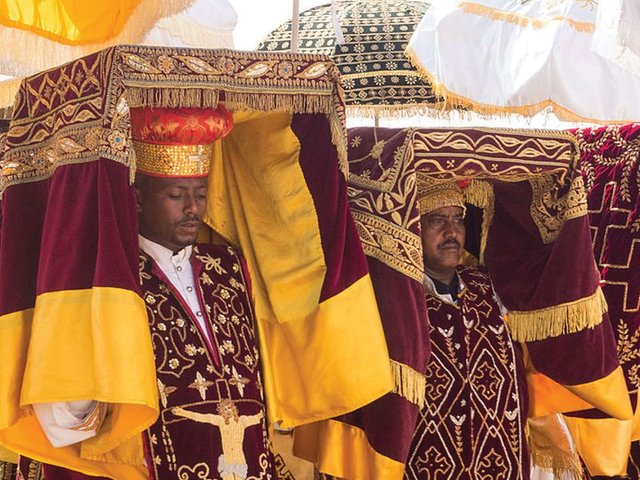Scholar Mary Beard says she is looking forward to tackling the thorny issue of restitution in a new blog post due to be published later today on the British Museum website. The article marks the start of the celebrated classicist's four-year term as a trustee of the British Museum.
Beard was made a trustee last month but her appointment was blocked by Downing Street last year because of her pro-European views, according to the Observer newspaper. The museum eventually gave the Cambridge don a seat on the board, which comprises 25 trustees.
Beard writes about her five favourite objects from the British Museum’s collection in the new blog post. Her selection includes an “expertly modelled brass head of a man wearing an elegant headdress” from Nigeria.
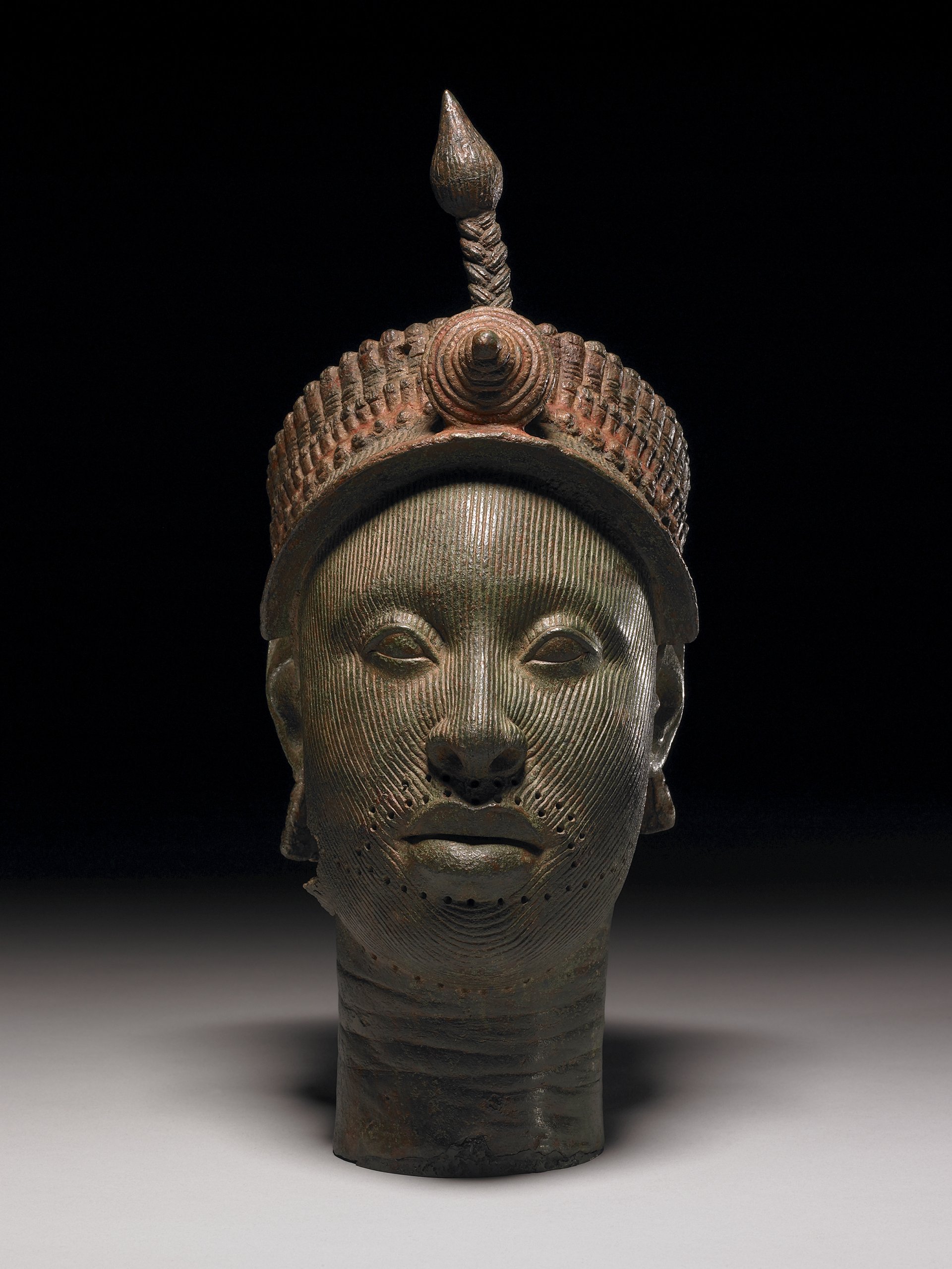
The Ife Head (14th-15th century) from the British Museum collection Courtesy of the British Museum
“It was made in the 14th or 15th century in the ancient town of Ife, in Nigeria, and was found by accident along with a number of other brass heads during the course of house building in the 1930s in the modern town,” she writes. The artefact was bought by the editor of the Nigerian Daily Times who transported it to Britain.
Beard says: “When [the brass head] first went on display, critics almost refused to accept that it could be what it really was. So reluctant were they to believe that the people of Ife 600 years ago were 'capable' of making something of this quality, that they invented all kinds of tall-tales (like they had with the 'Benin Bronzes') about them being made by Europeans.”
This raises questions about cultural hierarchy, she adds, and Western complacency about artistic superiority: “That thought, of course, raises all kinds of questions about where objects belong, who ‘owns’ them, and what their cultural purposes are (complicated questions often rolled up together under the title ‘restitution’)."
She goes on: “I have no doubt that, during my time at the museum, the trustees will be engaging with all these questions (indeed they already are), and I hope I can add a useful perspective of my own. But don’t let’s imagine that debates like this are new in the history of museums across the world. Museums have always been controversial. Who should be allowed in? And on what terms? What should they put on display? Who has the right to choose? And many more. I guess that one job of a trustee is to ensure that those debates continue—constructively.”
In July last year, the prominent Egyptian-born writer Ahdaf Soueif resigned as a British Museum trustee member, citing the institution's lack of discussion over the issue of restitution as one of the factors in her decision. In a damning online critique of the British Museum for the London Review of Books's blog, Soueif wrote: “The world is caught up in battles over climate change, vicious and widening inequality, the residual heritage of colonialism, questions of democracy, citizenship and human rights,” she writes. “On all these issues the museum needs to take a clear ethical position.”
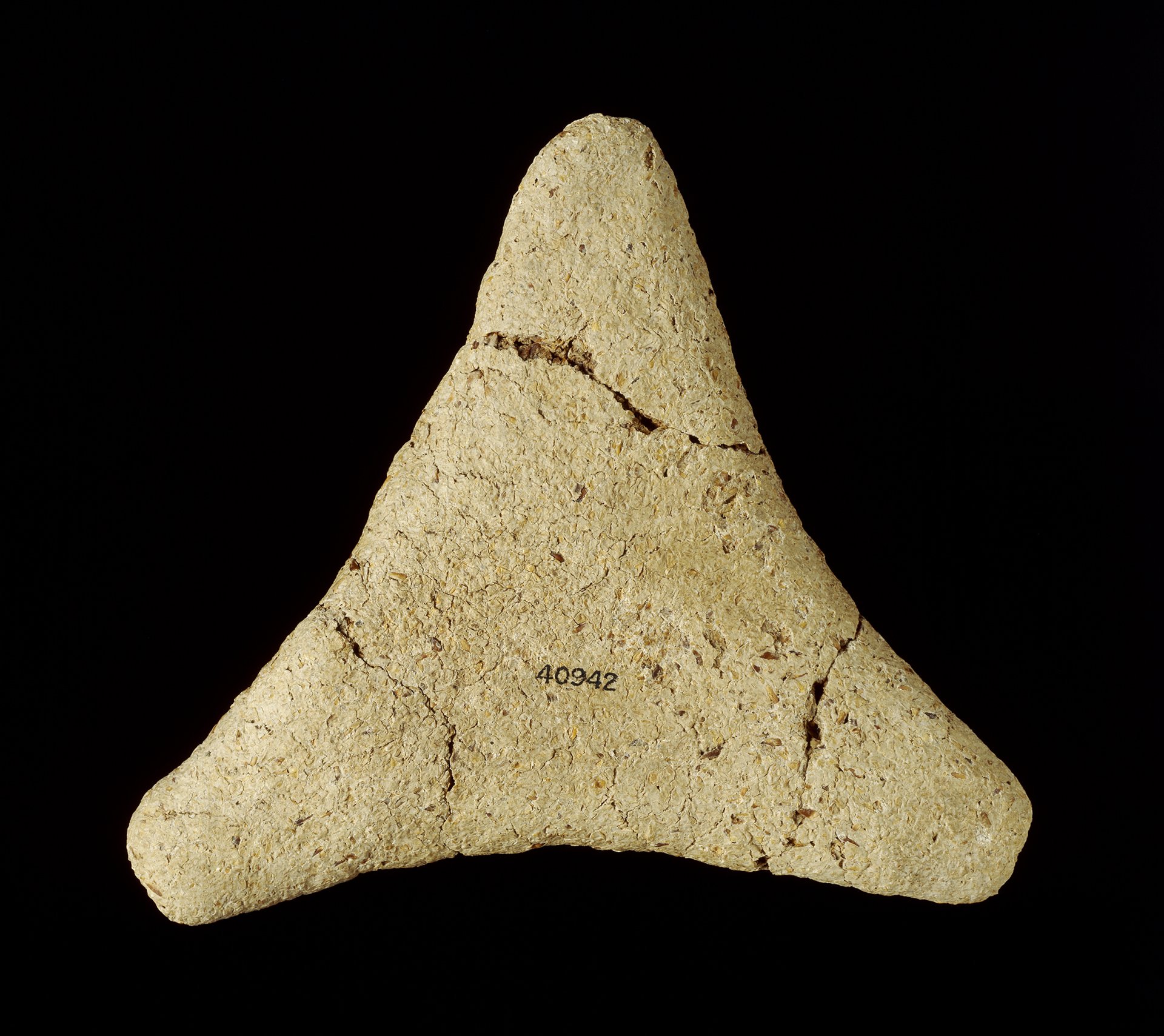
Ancient Egyptian bread in the British Museum collection Courtesy of the British Museum
In Beard's post, some of her favourite object choices are obvious—such as a bronze head of the Roman emperor Augustus (27-25BC)—but others are more surprising such as a simple cheap pin badge from a Dorset Museum made in 1995 that depicts the geologist Mary Anning. An ancient Egyptian cake, which she saw during her first visit to the British Museum in 1960 with her mother, also resonates.
As a child, Beard struggled to see the ancient foodstuff but a man walking past opened the case, “took the cake out, and held it right in front of my eyes”. The encounter sparked her lifelong interest in the distant past, leading to her appointment as a professor of classics at the University of Cambridge.
“I’ve never forgotten the excitement of that first close encounter with the distant past. I have no idea who the kind man was (a curator presumably), but he played a big part in setting me on the road to a career in history,” she says.


